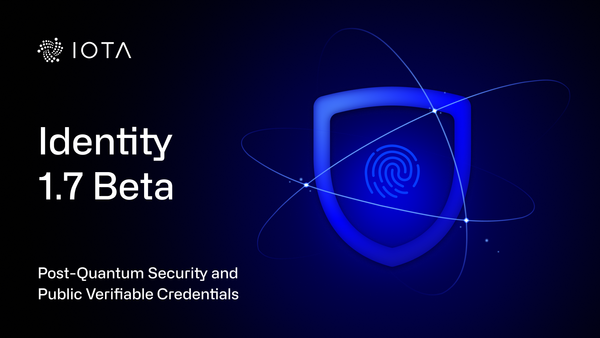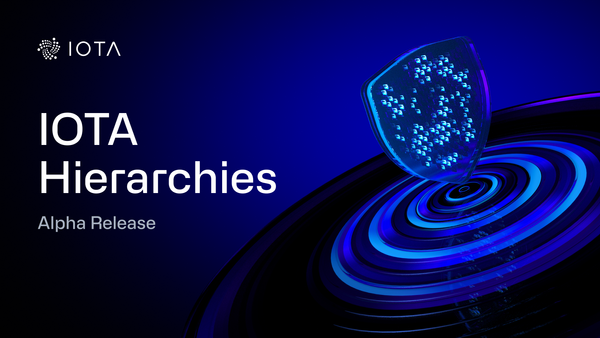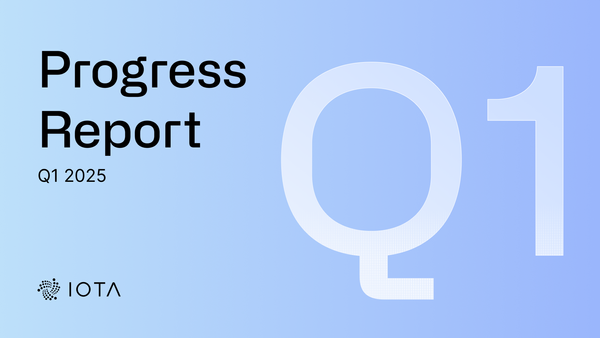IOTA 2.0: Introducing Pollen, Nectar and Honey
Up until now, we’ve had a lot of names and terms floating around for the eventual removal of the coordinator node:
- Alphanet, the name of the first prototype of our decentralized testnet.
- Goshimmer, the group of technologies that are being developed to remove the coordinator.
- Coordicide, the name of the event for when we remove the coordinator
Over the last few months, we’ve simplified our naming conventions of IOTA 1.5 (Chrysalis, the intermediate stage of the mainnet before Coordicide) and IOTA 2.0 (Coordicide, the permanent removal of the coordinator node and the launch of a fully decentralized IOTA network) to showcase the seamless transition between these two major protocol upgrades and how they will eventually lead to a coordinator-less, scalable, feeless network. The first of its kind.

These updated nomenclatures also help our community and partners better understand and quantify upcoming technological progress for IOTA. Our goal is to make a clear distinction and connection between the work that will link these two significant protocol upgrades in the proceeding months.
With this in mind, today we are happy to introduce the three phases of IOTA 2.0 that will reflect significant milestones and testnet releases leading up to Coordicide. To follow the current Apoidea naming conventions used for Hornet, Bee, and HoneycombOS, the three stages are named after the three major milestones for the creation of honey: Pollen, Nectar, and Honey.
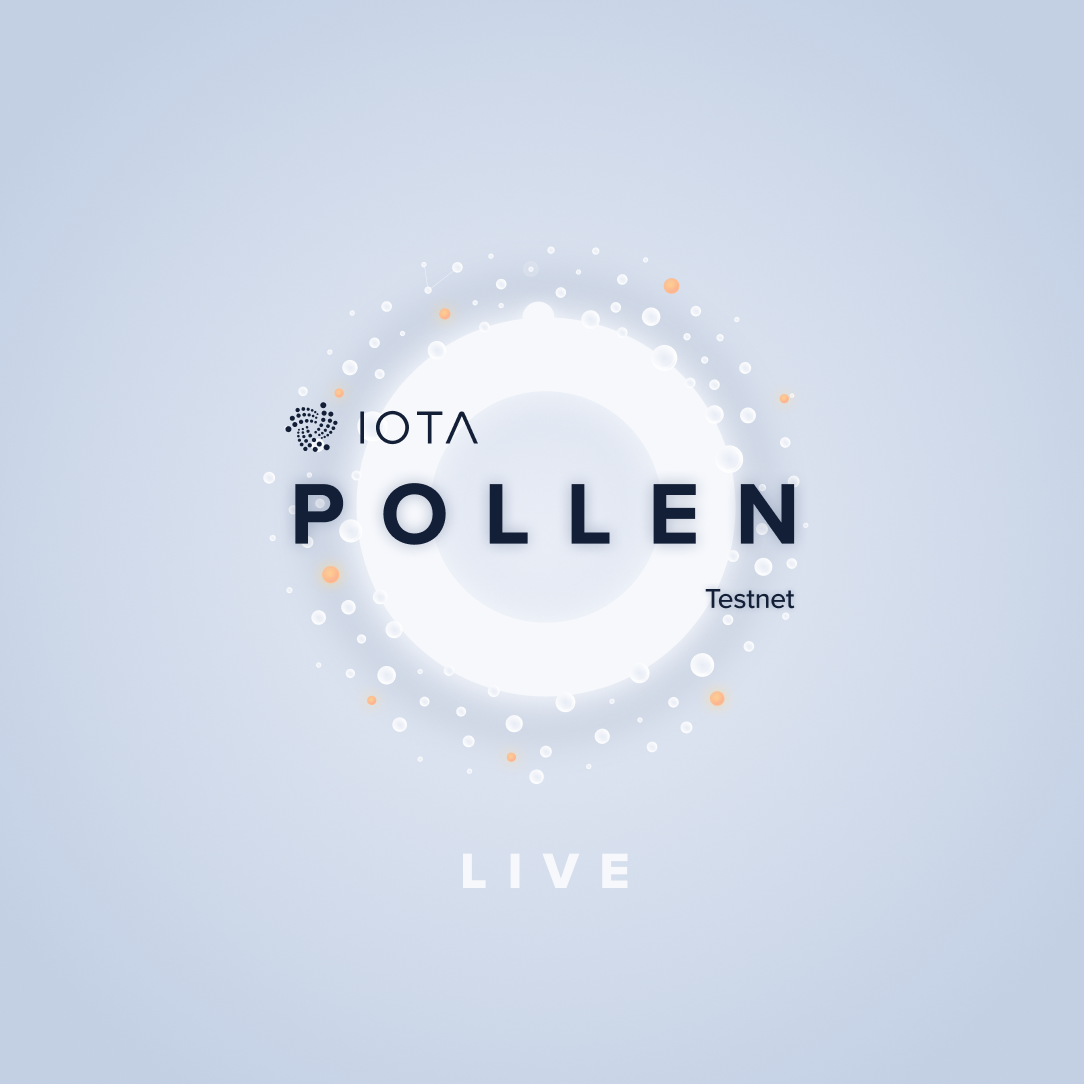
Pollen: The first official testnet of the IOTA 2.0 network, Pollen represents a major change with respect to the previous GoShimmer v0.1.3 release, setting the groundwork for the first and functional coordinator-less network. Iterative improvements will transform Pollen into the final, feature-complete release candidate for IOTA 2.0. The Pollen network will primarily be a research testbed for the Foundation, community, and external researchers to validate concepts from the Coordicide white papers and simulate certain attack vectors. During this active research phase, much of the Coordicide specifications will be fully finalized, giving us the final blueprint of IOTA 2.0.
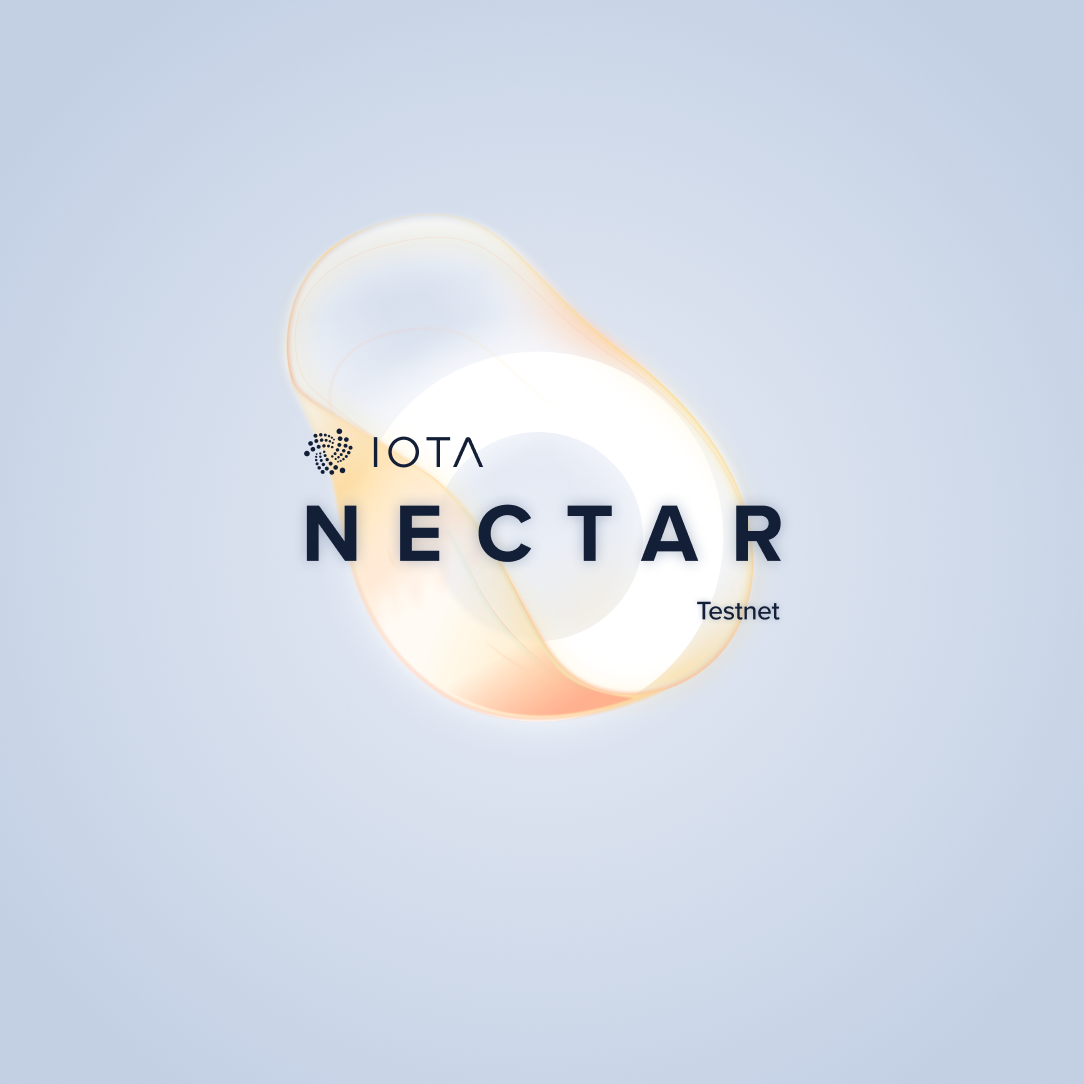
Nectar: Expected in the second half of 2020, Nectar will be a full implementation of our Coordicide modules on an incentivized testnet. The goal of this network is to test for any bugs or issues that need to be fixed before the final release of the mainnet. As the name already mentions, participants in this network will be incentivized with progressively increasing rewards to find bugs or attack vectors.

Honey: The final release candidate for IOTA 2.0, Honey, will include all of the modules according to the full and final specification of Coordicide. At this point, the network will have been battle-tested and secured through many hundreds of hours of testing with full audits of our node software. Honey can be considered the first version of IOTA 2.0, our fully decentralized IOTA mainnet.
We like this analogy to honey and honeybees because bees work as a complex team and are an integral part of a sophisticated, natural ecosystem which lays the foundation for life as we know it. Similarly, the IOTA network is made up of a vast community of contributors brought together by the goal of creating a new type of fair, open-source, and distributed society.
We hope that these new naming conventions make it easier to follow the progress from Pollen to Honey in the coming months!


